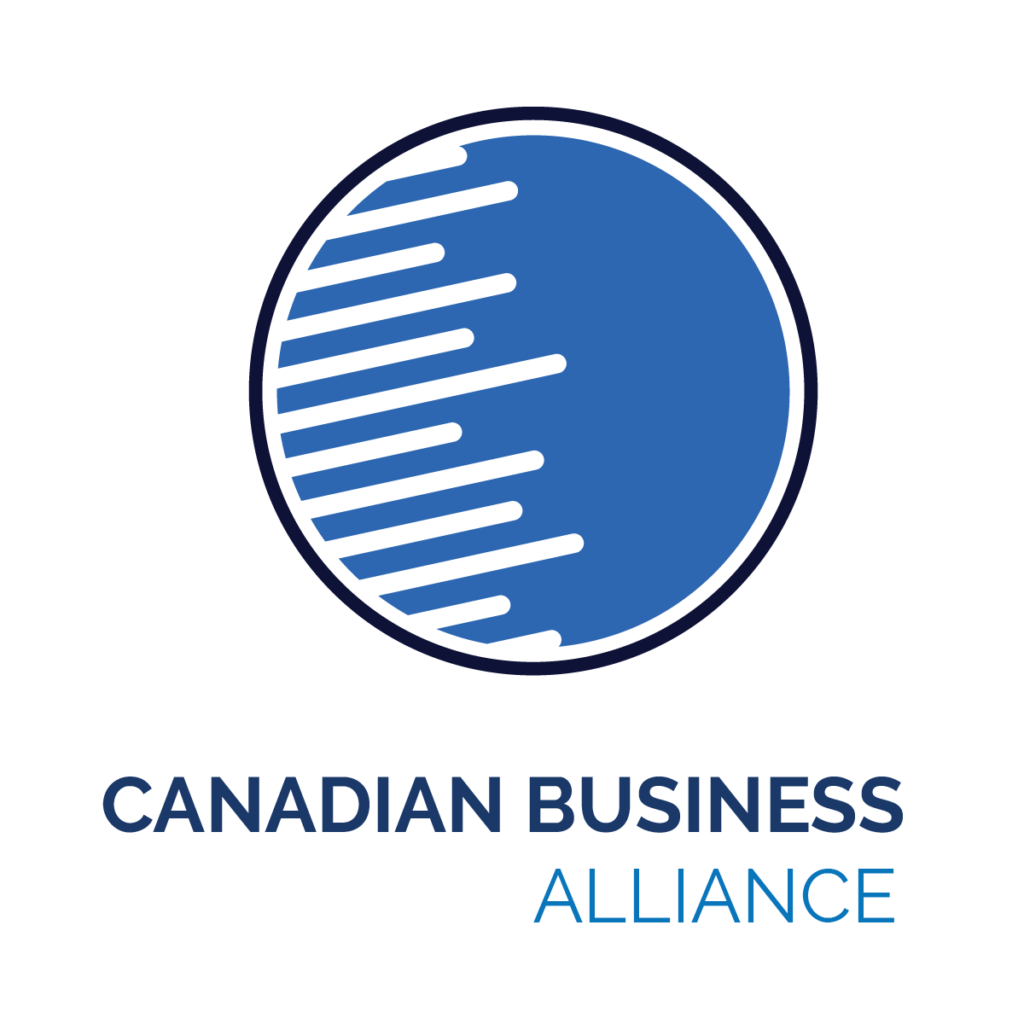Boost Your Talent Acquisition Strategy with Employee Referrals
Finding the perfect candidate can feel like searching for a needle in a haystack. If you’re an HR professional or recruiter, you know the struggle all too well. However, there’s one strategy that can simplify this daunting task—employee referrals. This method is more than just a quick fix; it’s a game-changer.
In this blog post, we will explore why employee referrals are essential for talent acquisition. You’ll learn about their historical context, current practices, benefits, and challenges. We’ll also cover best practices, tools, and technologies to enhance your referral program. By the end of this post, you’ll have all the insights you need to leverage employee referrals for better hiring outcomes.
Understanding Employee Referrals
What Are Employee Referrals?
Employee referrals occur when current employees recommend potential candidates for open positions within their organization. These recommendations often come from the employee’s personal network, such as friends, family, or former colleagues. Referrals allow companies to tap into a pool of candidates who are pre-vetted for both skills and cultural fit.
Historical Context of Employee Referral Programs
Employee referral programs have been around for decades, evolving from informal suggestions to structured programs. Initially, referrals were simple word-of-mouth recommendations. Over time, companies began to formalize these processes, creating dedicated programs that incentivize employees to refer high-quality candidates.
Key Benefits of Using Employee Referrals
The key benefits of employee referrals include faster hiring times, reduced recruitment costs, and higher retention rates. Referred candidates are often more engaged and committed to the organization, leading to better overall performance and job satisfaction. This method also helps improve the cultural fit of new hires, as they are likely to share the values and work ethic of their referrer.
Current State of Employee Referrals
Common Practices in Employee Referral Programs
Today, many organizations have well-established employee referral programs in place. These programs often include clear guidelines, easy-to-use platforms, and attractive incentives. Companies may host referral drives, set specific referral goals, and provide regular updates on the program’s progress to keep employees engaged.
How Companies Incentivize Referrals
Incentivizing referrals is crucial for the success of these programs. Common incentives include monetary rewards, additional vacation days, or even public recognition within the company. Some organizations offer tiered rewards based on the role’s level or the referred candidate’s longevity within the company.
Statistics on the Effectiveness of Employee Referrals
Numerous studies highlight the effectiveness of employee referrals. For example, referred candidates are 55% faster to hire compared to those sourced through career sites. Additionally, these candidates often stay longer—45% of referred employees stay for more than four years, compared to only 25% of those hired through job boards.
Benefits of Employee Referrals
Higher Quality Candidates
One of the most significant advantages of employee referrals is the quality of candidates. Referred individuals often come highly recommended and have a proven track record. They are pre-screened by the referring employee, ensuring a higher likelihood of meeting job requirements.
Faster Hiring Process
Employee referrals can significantly speed up the hiring process. Since referred candidates are pre-vetted and often highly qualified, they can move through the recruitment stages more quickly. This efficiency reduces the time-to-fill metrics, allowing teams to get back to full strength faster.
Better Cultural Fit
Cultural fit is a crucial factor in employee satisfaction and retention. Referred candidates are more likely to understand and align with the company’s culture because they are introduced through someone who already thrives in that environment. This alignment leads to a smoother onboarding process and enhances team cohesion.
Increased Employee Engagement and Satisfaction
Referral programs can boost employee engagement and satisfaction. Employees who participate in the referral process feel valued and involved in the company’s growth. The excitement of contributing to the team’s success and the potential rewards can generate a more positive work environment.
Challenges and Considerations
Potential for Nepotism or Bias
While employee referrals have many benefits, they also come with challenges. One major concern is the potential for nepotism or bias. Employees may recommend friends or family members who may not necessarily be the best fit for the role. This practice can lead to an unbalanced workforce lacking in diversity.
Maintaining Diversity and Inclusion
Maintaining diversity and inclusion is another critical consideration. Companies must ensure their referral programs do not inadvertently create a homogenous workforce. Encouraging diverse networks and implementing checks and balances can help mitigate this risk.
Handling Unsuccessful Referrals
Not all referrals will be successful, and it’s essential to handle these situations sensitively. Clear communication with both the referrer and the referred candidate is crucial. Providing constructive feedback can help maintain positive relationships and encourage future participation in the referral program.
Best Practices for Implementing an Employee Referral Program
Setting Clear Goals and Objectives
To ensure your employee referral program is effective, start by setting clear goals and objectives. Define what success looks like, whether it’s the number of referrals received, the quality of candidates, or the time-to-hire metrics. Clear goals provide direction and help measure the program’s impact.
Creating a User-Friendly Referral Process
A simple and user-friendly referral process encourages participation. Streamline the referral submission process using online forms or dedicated software. Ensure employees understand how to make referrals and remove any barriers that may deter them from participating.
Offering Attractive Incentives and Rewards
Attractive incentives can motivate employees to refer high-quality candidates. Consider offering a range of rewards, such as monetary bonuses, additional time off, or exclusive experiences. Tiered rewards for different levels of roles or multiple successful referrals can also add excitement to the program.
Communicating the Program Effectively to Employees
Effective communication is key to a successful referral program. Regularly update employees about the program’s status, highlight success stories, and remind them of the available incentives. Use various communication channels, such as email, internal newsletters, and team meetings, to keep the program top-of-mind.
Tracking and Measuring the Success of the Program
Tracking and measuring the success of your referral program is essential for continuous improvement. Use metrics such as the number of referrals, time-to-hire, and retention rates of referred candidates. Analyzing this data helps identify areas for improvement and ensures the program remains effective.
Tools and Technologies for Employee Referrals
Referral Tracking Software
Referral tracking software can streamline the entire referral process. These tools allow you to manage and track referrals, automate communications, and generate reports. Popular options include Jobvite, SmartRecruiters, and Lever.
Employee Engagement Platforms
Employee engagement platforms can enhance your referral program by fostering a sense of community and involvement. Tools like TINYpulse and 15Five help measure employee engagement and provide insights to improve the referral program.
Integration with Applicant Tracking Systems (ATS)
Integrating your referral program with your ATS simplifies the process of managing referrals. This integration ensures seamless tracking and reporting, making it easier to measure the program’s success and identify high-performing referral channels.
Using Social Media for Referrals
Social media can be a powerful tool for employee referrals. Encourage employees to share job postings on their social networks and provide them with pre-written posts and graphics. Platforms like LinkedIn, Facebook, and Twitter can help expand your reach and attract high-quality candidates.
Enhancing Employee Referral Programs
Regularly Updating and Promoting the Program
Keep your referral program fresh and engaging by regularly updating and promoting it. Introduce new incentives, run referral contests, and celebrate successful referrals publicly. Regular promotion ensures the program remains top-of-mind for employees.
Providing Training and Resources for Employees
Equip employees with the knowledge and resources they need to make successful referrals. Offer training sessions on effective referral practices, provide templates for social media posts, and create FAQ guides. Empowered employees are more likely to participate and make high-quality referrals.
Recognizing and Rewarding Successful Referrals
Recognition and rewards are crucial for maintaining employee engagement in the referral program. Publicly acknowledge employees who make successful referrals and celebrate their contributions. Consider creating a referral leaderboard or hosting an annual awards ceremony to honor top referrers.
Collecting Feedback and Making Improvements
Continuously collect feedback from employees and candidates to improve your referral program. Use surveys, focus groups, and interviews to gather insights and identify areas for enhancement. Regularly updating the program based on feedback ensures its ongoing success and relevance.
Employee referrals are a powerful tool in the talent acquisition arsenal. They offer numerous benefits, including higher quality candidates, faster hiring processes, and better cultural fit. While there are challenges to consider, implementing best practices and leveraging tools and technologies can help you create an effective referral program.
By continuously enhancing your referral program and engaging employees, you can build a strong talent pipeline and improve your hiring outcomes. Take the next step and explore how employee referrals can transform your talent acquisition strategy today.


